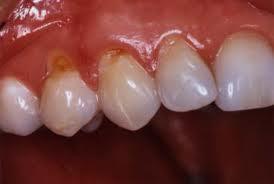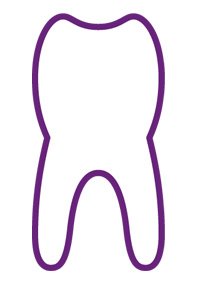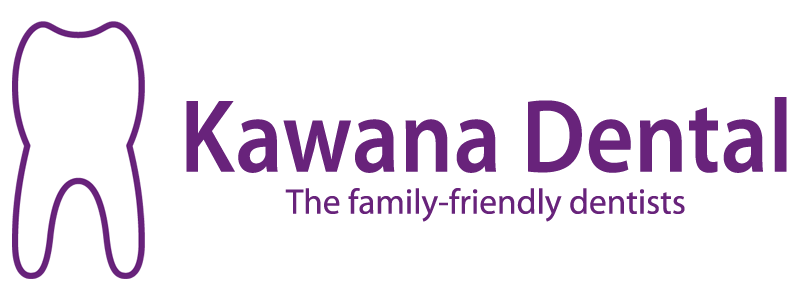30 Oct Tooth Brush Abrasion
Overbrushing: Watch out for too much of a good thing
Brushing regularly is considered vital for healthy teeth and gums, but dental experts warn that you can overdo a good thing. Known as “toothbrush abrasion,” overbrushing can lead to sensitive teeth and receding gums.
Vigorous brushing can wear down the enamel on the teeth as well as damage and push back the gums, exposing the sensitive root area. Receding gums can also lead to other dental problems such as periodontal disease and cavities on the roots of the teeth and may lead to the need for treatments such as fillings, root canals and tooth extraction.
The people most at risk for tooth or gum damage from overbrushing are those who are particularly diligent about their oral care and those who use medium- or hard-bristled toothbrushes. Other factors, such as a genetic predisposition to receding gums, clenching or grinding your teeth or having had your teeth straightened with braces, can increase your risk for damage from overbrushing.
Brushing vigorously isn’t necessary to remove plaque. Thoroughness is what is required for plaque removal, not aggressive brushing. You’re not going to achieve any extra benefit by brushing hard.Probably the easiest answer is to get an electric tooth brush and avoid any scrubbing motion.
Changing brushing habits can usually stop the problem from getting worse. In cases of severe toothbrush abrasion, our dentists can fill in the grooves with bonding material.
Proper brushing technique
What’s important when brushing your teeth is not how hard you scrub, but that you use the proper technique and that you do a thorough job. And that takes time. Dentists recommend that you brush your teeth for two to three minutes to get the most thorough cleaning. The following are some other tips for brushing your teeth correctly:
- Use a soft-bristled toothbrush or electric tooth brush to prevent gum damage of the soft tooth dentin (the less mineralized layer of tooth found just under the enamel) and in the root area. If you are accustomed to a hard-bristled toothbrush, even using a toothbrush that is softer than you are accustomed to will help.
- Place the head of your toothbrush with the tips of the bristles at a 45-degree-angle to the gumline when brushing.
- Move the toothbrush with short strokes and a scrubbing motion, several times in each spot – don’t saw back and forth across the teeth with your toothbrush.
- Apply just enough pressure to feel the bristles against the gums. If you are squashing the bristles, you’re brushing too hard.



